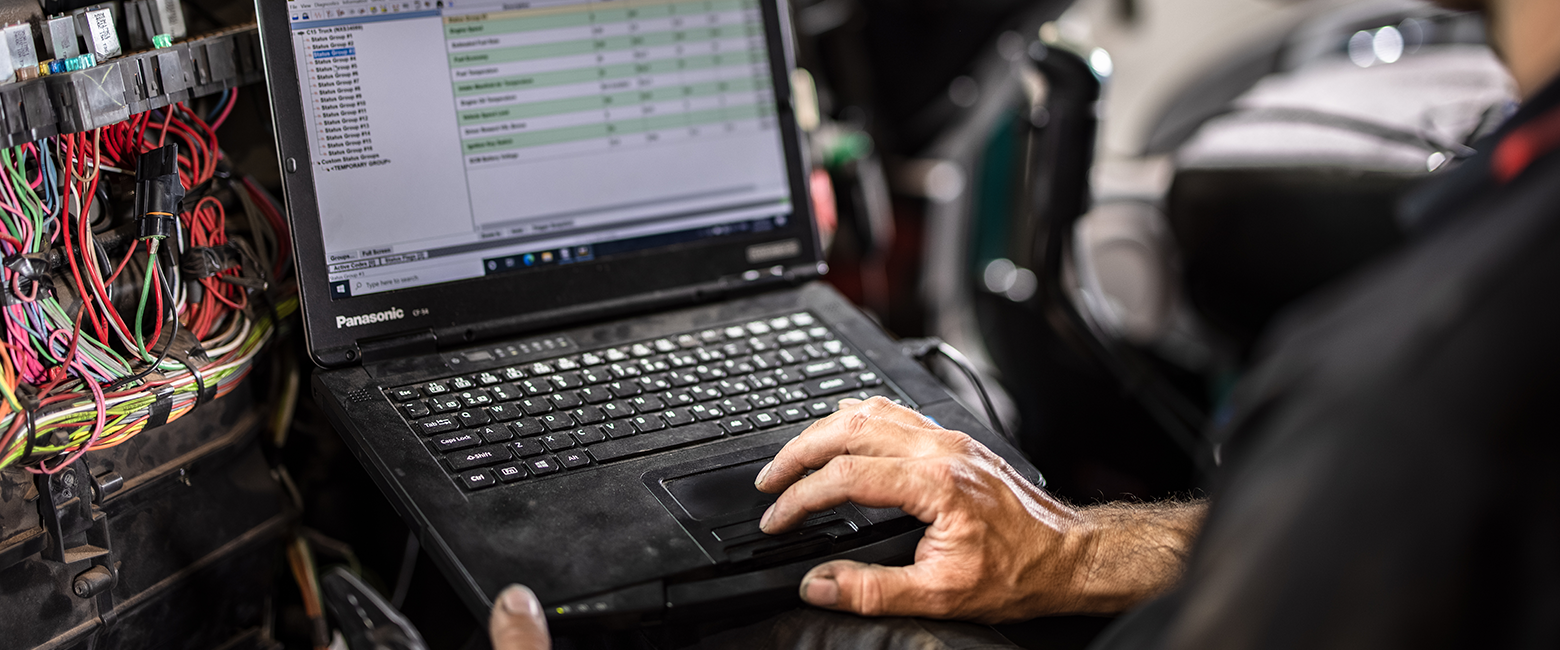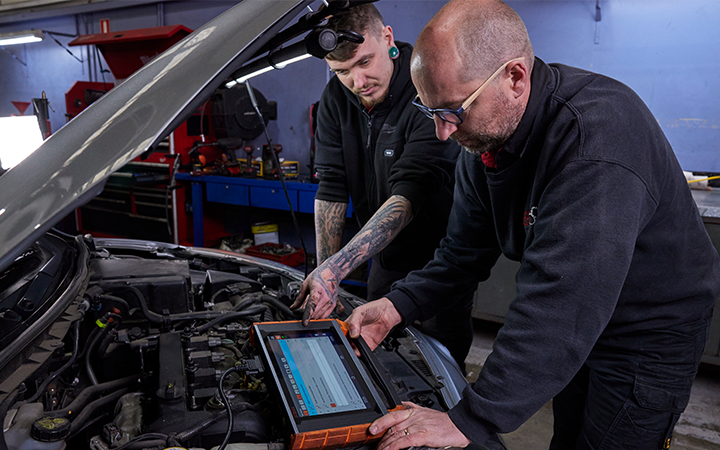The technology that everyone now takes for granted in the modern motor vehicle has certainly brought a new dimension to driving safety, comfort and entertainment, but it’s not infallible. Technology has enabled a host of features that today’s techsavvy consumer is obsessed with – until something stops working. And that’s when they turn up at your workshop door and expect a quick and financially painless fix.
The workshop of today is expected to know the ins and outs of stuff like parking assist, reverse assist, adaptive cruise control, head-up displays, driver drowsiness detection, gesture and voice controls, autonomous driving, blind spot warning, heat and massage functions and ambient lighting – and we haven’t yet started on the drive train features.
Diagnosing and repairing these technologies will need some investment in tools, equipment and training. Those who choose not to make this investment will struggle to survive. Just keeping up with the sophisticated and specialised electronics that are often unique to every make and model of vehicle is a challenge in itself.
Those who say they can’t afford the tools and training to cope with this tsunami of technology will have to think again – can they afford not to invest?
A major difference between some old-school tools and equipment and the new, modern tools is that the latest versions are non-invasive, meaning that tests can be carried out and a diagnosis presented, without pulling major components apart.
Here are some of the new-age tools and equipment:
- vehicle brake, alignment, and suspension test lanes
- inductive ignition and injector testers
- thermal imaging camera
- digital multimeter with amp clamps
- relay test kits
- stethoscope kits
- oscilloscope with amp clamps
- pressure sensor kit with first-look sensor
- scan tools
Having all this great equipment at your fingertips might make the workshop look very professional, but having it and knowing how to apply it are two different things. This is where data and information come into play. Good data and information cost money, so this is another, and may be a very essential, investment.
But don’t think of ‘investment’ as lost money or as an impost on your profitability. Most workshops agreed with our suggestion many years ago to apply a scan tool fee to their customers invoices, the rationale being that having to invest in expensive tools and learning how to use them was as much a workshop chargeable product as the consumables like oils, filters and spark plugs.
We are now suggesting that this fee could be designated as a specialist diagnostic equipment and information fee. It could be applied every time a diagnostic labour fee is applied to a repair. This fee becomes the means to continue investing in tools and equipment – and there’s little doubt that such investment will need to be ongoing while the gurus in the car factories keep introducing new gadgets into the cars they make.
This fee should do more than just cover the bare costs of equipment. A workshop is able to make a profit on specialist diagnostic equipment and information, because isn’t that why you’re in business in the first place? Once the fee is properly applied, the workshop shouldn’t have to think twice about how it is going to afford any continuing investment in tools and data.
Many studies have shown that the average vehicle owner expects their chosen workshop to be capable of servicing the vehicle but also capable of repairing the vehicle when anything goes wrong. A workshop that turns away customers because of knowledge or tools inadequacy has most likely lost that customer forever.
Workshops need to plan where they want to be in the market during the next five or ten years – a professional repair workshop or a simple service workshop capable of changing the oil and little else.
Use your Capricorn or other networks that you frequent to check out the most preferred tools and data before you spend any money. Technicians soon work out what works and what doesn’t, and they will be happy to share their experiences.
And every time you invest in new tools and equipment or training, make it a rule to let your customers know about it. They will appreciate the reassurance that you are keeping up with technology.


